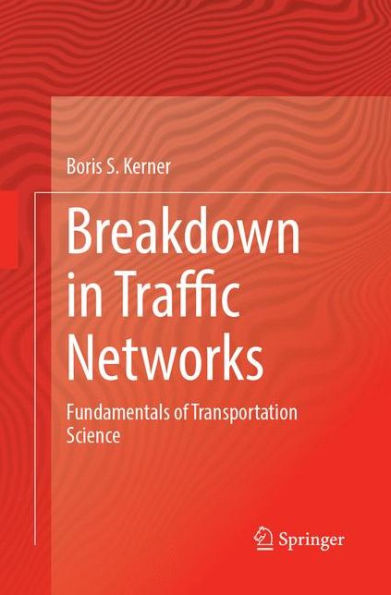5
1
9783662571972



Breakdown in Traffic Networks: Fundamentals of Transportation Science available in Hardcover, Paperback, eBook

Breakdown in Traffic Networks: Fundamentals of Transportation Science
- ISBN-10:
- 3662571978
- ISBN-13:
- 9783662571972
- Pub. Date:
- 09/09/2018
- Publisher:
- Springer Berlin Heidelberg
- ISBN-10:
- 3662571978
- ISBN-13:
- 9783662571972
- Pub. Date:
- 09/09/2018
- Publisher:
- Springer Berlin Heidelberg

Breakdown in Traffic Networks: Fundamentals of Transportation Science
$199.99
Current price is , Original price is $199.99. You
199.99
In Stock

Product Details
| ISBN-13: | 9783662571972 |
|---|---|
| Publisher: | Springer Berlin Heidelberg |
| Publication date: | 09/09/2018 |
| Edition description: | Softcover reprint of the original 1st ed. 2017 |
| Pages: | 652 |
| Product dimensions: | 6.10(w) x 9.25(h) x (d) |
From the B&N Reads Blog
